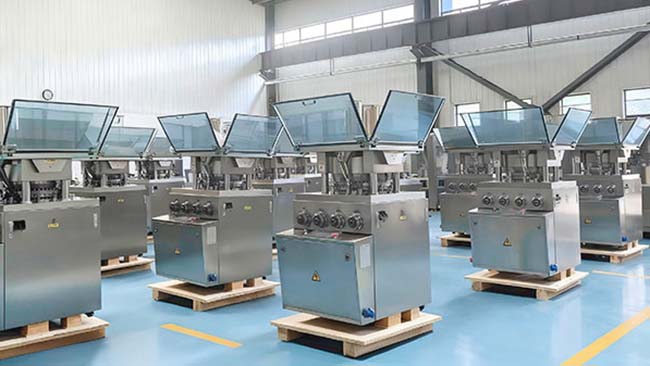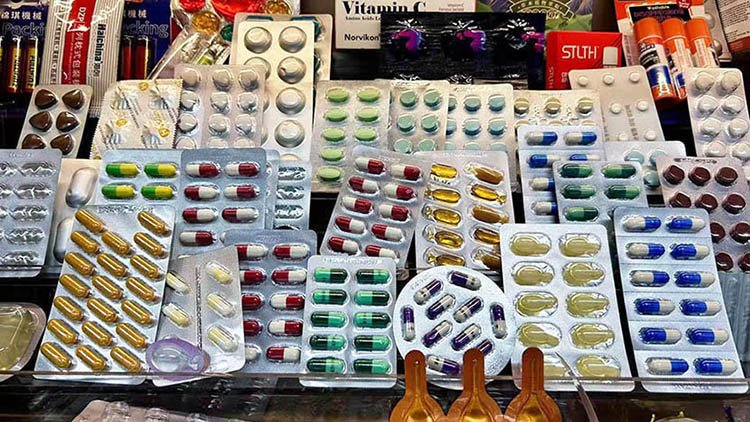
Fuente: Pixabay
La industria del envasado farmacéutico se enfrenta a numerosos desafíos debido a la naturaleza sensible de sus productos. Un envasado deficiente puede tener... consecuencias nefastasEsto provoca alteraciones químicas en el producto, volviéndolo ineficaz y comprometiendo su eficacia. Este ensayo explorará seis desafíos que enfrenta el envasado farmacéutico.
Para garantizar la seguridad y eficacia de los productos farmacéuticos, es esencial superar estos desafíos al utilizarlos. máquinas envasadoras de medicamentos, maquinaria de llenado de cápsulas, prensa de tabletas máquinas, y embalaje secundario de medicamentos soluciones.
Embalaje a prueba de niños
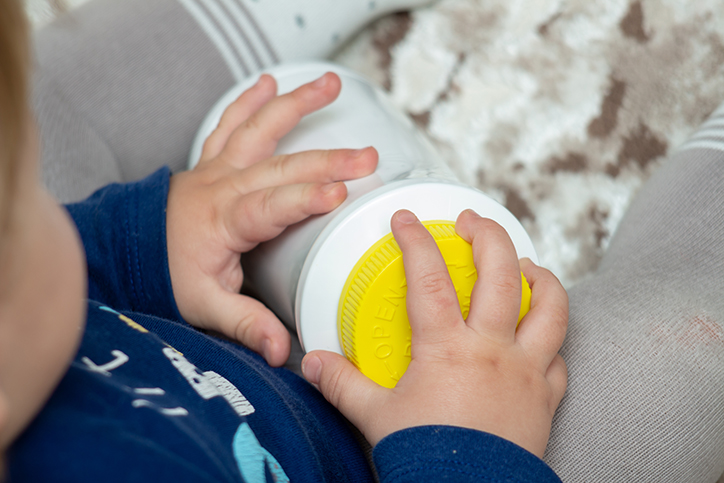
Fuente: Istock
Embalaje a prueba de niños está diseñado para ayudar proteger a los niños de los peligros de ingerir accidentalmente artículos peligrosos, como ciertos medicamentos con y sin receta. Está diseñado de manera que sea difícil para los niños pequeños abrirlo o acceder a él. mientras Sigue siendo fácil de usar para adultos. Entre los productos disponibles sin receta que requieren un envase de liberación controlada se incluyen el acetaminofén, la aspirina, la difenhidramina, el ibuprofeno, los medicamentos con hierro y los suplementos dietéticos, las imidazolinas, el salicilato de metilo, el enjuague bucal, el naproxeno y los medicamentos de venta libre que cambian de medicamento.
El desafío de proporcionar envases a prueba de niños para protegerlos del acceso a medicamentos potencialmente peligrosos es algo que se puede superar con diseño bien pensadoLos fabricantes pueden implementar pestañas de fácil apertura e incluir instrucciones claras sobre el uso adecuado como utilizar instrucciones de texto en las etiquetas, así como considerar otros métodos como aumentar el tamaño del embalaje.
Además, las empresas deben asegurarse de que sus embalajes sean conforme con las regulaciones realizando pruebas rutinarias con niños y considerando el uso de envases con dosis unitarias para que a los niños les resulte más difícil abrirlos.
Al tomar estas medidas, los fabricantes pueden asegurarse de proporcionar embalajes seguros y eficaces que prioricen la seguridad de los niños.
Almacenamiento y control de temperatura
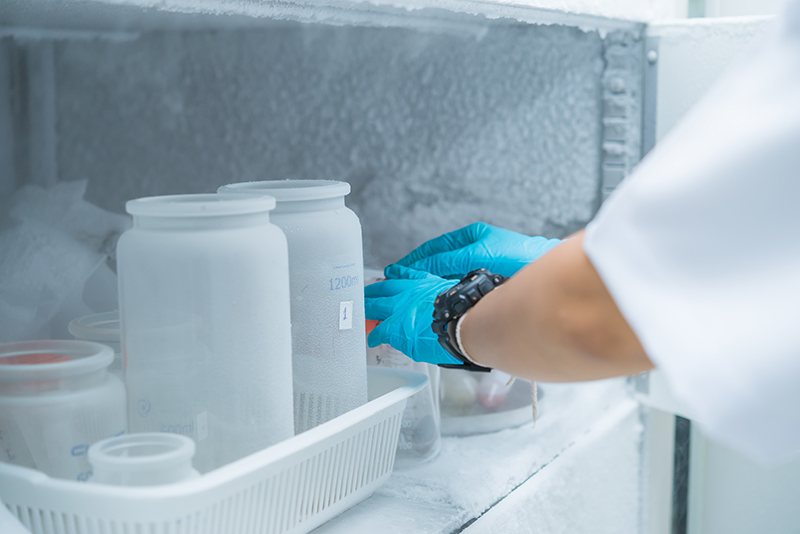
Fuente: Reewungjunerr
En segundo lugar, la industria farmacéutica se enfrenta al desafío de controlar y mantener la temperatura de sus productos durante el almacenamiento. La temperatura es el factor principal en este sentido, no solo en el almacenamiento farmacéutico, sino también durante el transporte. Las vacunas, en particular, son sensibles al calor y requieren un rango de temperatura específico, por lo que los refrigeradores de grado médico son una inversión adecuada para el almacenamiento de vacunas.
Los medicamentos en solución tienen una composición diferente y, por lo tanto, un rango de temperatura diferente. Por lo tanto, es importante seguir las directrices establecidas por el proceso de fabricación para garantizar la máxima calidad de los productos farmacéuticos. Para garantizar la calidad del producto, sistemas de almacenamiento avanzadosSe deben emplear sistemas de almacenamiento y embalaje con temperatura controlada, como almacenes con temperatura controlada.
Envases con temperatura controlada Es esencial para muchas industrias que requieren el transporte y almacenamiento de productos sensibles a la temperatura. Existe una variedad de soluciones de embalaje con temperatura controlada Disponibles para garantizar que las mercancías lleguen de forma segura y en las mismas condiciones en que salieron. Esto puede incluir cajas de envío con aislamiento, contenedores de envío con control de temperatura, vehículos de transporte refrigerados y materiales de embalaje térmico como plástico de burbujas, poliestireno y espuma in situ. Además, los artículos sensibles a la temperatura pueden requerir el uso de dispositivos de control de temperatura, compresas frías y hielo seco para garantizar que los productos se mantengan a la temperatura deseada durante el transporte.
Todas estas soluciones ayudan a garantizar que las mercancías se transporten y almacenen en las condiciones de temperatura adecuadas y a garantizar que los productos lleguen en las mismas condiciones en las que salieron.
Protección del producto
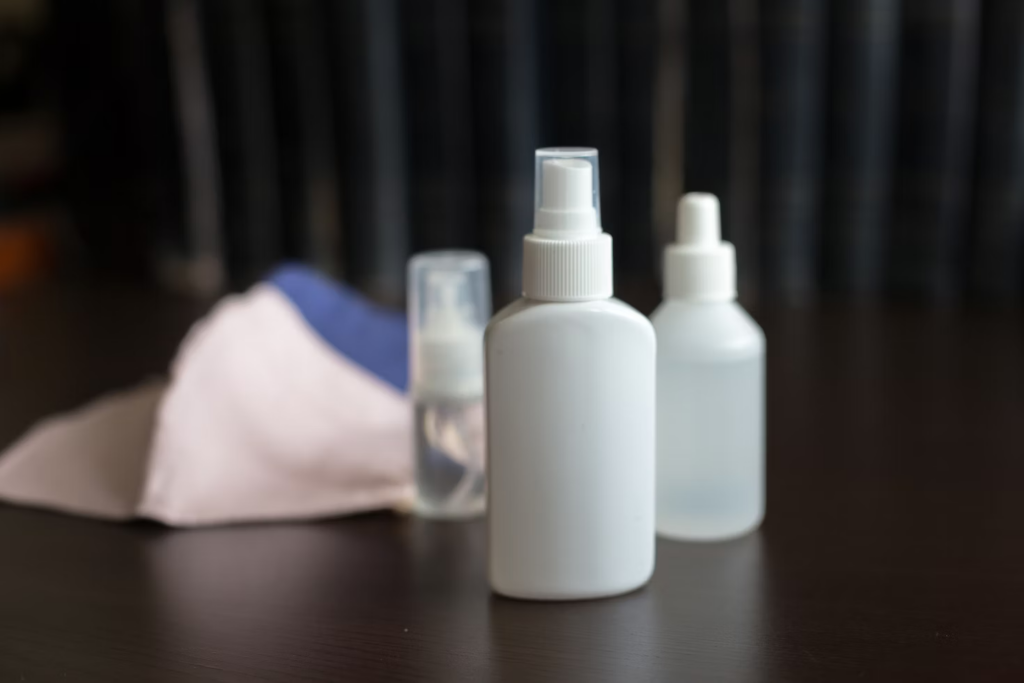
Fuente: Unplash
El tercer desafío al que se enfrenta la industria farmacéutica es protección del productoPara garantizar que los productos no se dañen durante el transporte, las empresas farmacéuticas deben Invertir en diseños y materiales de embalaje adecuados Para proteger sus productos. Esto ayudará a prevenir posibles daños durante el transporte y a garantizar que lleguen sanos y salvos. Soluciones de embalaje protector Puede incluir cosas como un embalaje exterior robusto, relleno y amortiguación adicionales y materiales resistentes a la humedad.
Al dar este paso adicional, las empresas pueden tener la seguridad de que sus artículos llegarán a su destino en las mejores condiciones posibles.
Cumplimiento normativo

Fuente: Istock
Cómo mantenerse al día con el cumplimiento normativo es un gran desafío para los operadores de máquinas de envasado médico, máquinas de llenado de cápsulas, envasado secundario de medicamentos y prensas de comprimidos. La industria farmacéutica es exigente y requiere... no sólo calidad del producto pero también Embalaje y etiquetado adecuados para evitar contaminación, manipulación e información incorrecta.
Para que el proceso sea más eficiente, las empresas deberían procurar abordar los desafíos clave relacionados con Diseño e implementación de embalajesLas especificaciones antimanipulación son esenciales tras la tragedia del Tylenol e incluyen características como blíster, envoltura retráctil, revestimientos HIS y precintos. Las regulaciones de etiquetado multicapa también son muy detalladas y deben incluir el nombre del producto, los ingredientes, el uso previsto, las instrucciones de almacenamiento, la fecha de caducidad, la tabla de datos farmacológicos, las instrucciones de dosificación, las advertencias o efectos secundarios y la información sobre alergias. Es esencial... garantizar un etiquetado adecuado y evitar retiradas costosas Esto puede ocurrir debido a información incorrecta. Finalmente, diferentes países y regiones pueden modificar las normas de la farmacopea de la Organización Mundial de la Salud, lo que significa que los productos farmacéuticos pueden requerir múltiples etiquetas o tipos de embalaje según su destino.
Materiales de embalaje
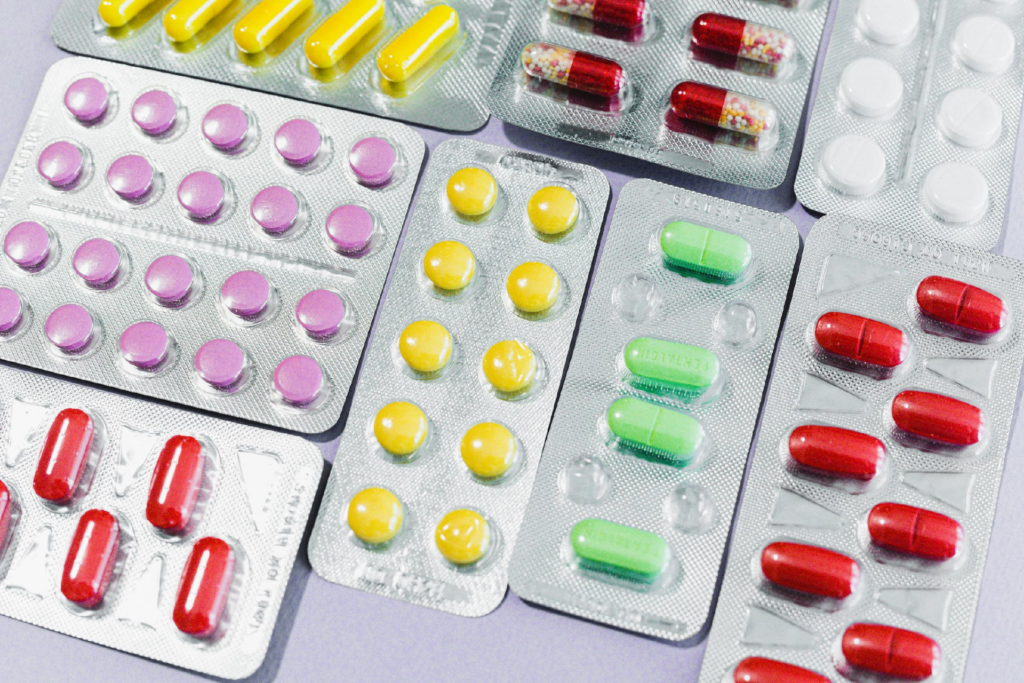
Fuente: Pexel
El envasado de medicamentos es un campo en constante evolución, con nuevos materiales en desarrollo para satisfacer las necesidades de la industria farmacéutica. El vidrio y el plástico son los materiales más comunes para el envasado de medicamentos, pero la elección de estos materiales depende de diversos factores, como garantizar la protección contra la contaminación, facilitar la administración de medicamentos mediante aerosoles, inyectables y blísteres, y reducir el impacto ambiental de la industria.
Para tal fin, materiales más sostenibles Se están considerando envases como papel, cartón, plásticos vegetales, vidrio, metal y otros envases reutilizables o reciclables. Además, también deben tenerse en cuenta los adhesivos, etiquetas y tintas biodegradables. reducir aún más la huella ambiental.
Es esencial garantizar que la salud y seguridad de los consumidores No se comprometen mientras se busca crear una solución de envasado más sostenible para la industria farmacéutica. Con la aparición de medicamentos innovadores y de nueva generación, es importante tener en cuenta... conflictos potenciales Entre las combinaciones de fármacos y los materiales de envasado. Por ejemplo, ciertas combinaciones de fármacos pueden provocar la descamación del vidrio del envase, o el aceite de silicona utilizado en jeringas precargadas puede alterar la composición de los complejos proteicos.
Al adoptar un enfoque holístico de la sostenibilidad, podemos garantizar que la salud y la seguridad de los consumidores no se vean comprometidas y que se reduzca el impacto ambiental de la industria.
Control y aseguramiento de la calidad
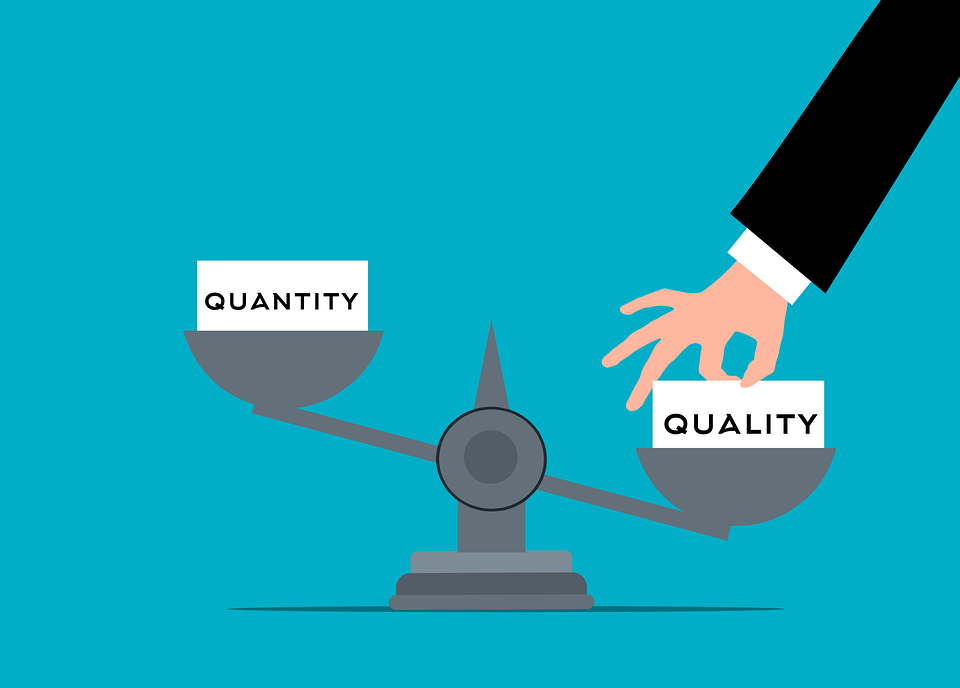
Fuente: Pixabay
El control y la garantía de calidad son retos importantes para el envasado de medicamentos. Para garantizar los más altos estándares, es esencial emplear métodos de prueba fiables como... imágenes de alta resolución y espectroscopia para detectar posibles defectos. Además, un equipo de garantía de calidad dedicado Debería establecerse un sistema para realizar inspecciones periódicas de cada lote de medicamentos antes de su envío.
Además, registros meticulosos Se debe mantener un registro de cada etapa del proceso de envasado, para que cualquier discrepancia pueda identificarse y corregirse rápidamente. Para cumplir con los requisitos necesarios, las bolsas de envasado médico deben poseer ciertas propiedades mecánicas para proteger el producto, así como el rendimiento de barrera para mantener fuera la humedad, el vapor de agua, el gas, la luz, el aroma, el olor, el calor, etc.
Además, la seguridad es de suma importancia, por lo que se debe determinar la toxicidad del material de embalaje. mantenido al mínimoDebe ser no corrosivo y tener propiedades antiinsectos, antipolillas y antiratas. Además, debe ser apto para el procesamiento y fácil de mecanizar y automatizar para la producción industrial a gran escala, además de ser económico y ecológico.
Finalmente, para una gestión de calidad eficaz, la empresa de fabricación de material de envasado farmacéutico debe estar equipada con un departamento de gestión de calidad, dirigido por la persona a cargo y atendido por personal idóneo con los recursos y equipos adecuados.
Conclusión
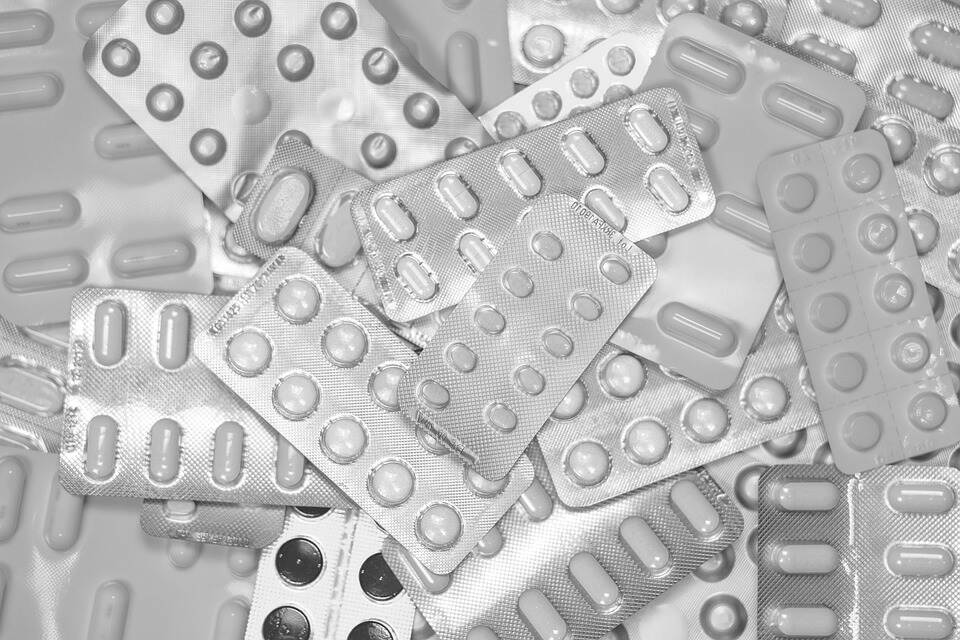
Fuente: Pixabay
En conclusión, la industria del envasado farmacéutico se enfrenta a diversos retos para garantizar la seguridad y la eficacia de sus productos. Estos retos incluyen el envasado a prueba de niños, el control de temperatura, la protección del producto, el cumplimiento normativo, los materiales de envasado y el control y aseguramiento de la calidad.
Al abordar cada desafío de una manera reflexiva y completa, los fabricantes pueden garantizar que sus productos permanecer seguros y eficaces, mientras que también reduciendo su impacto ambientalAl invertir en sistemas de almacenamiento avanzados, soluciones de embalaje protector y materiales ecológicos, las empresas pueden tener la seguridad de que sus productos llegarán en perfectas condiciones y cumplirán con todos los requisitos normativos.
